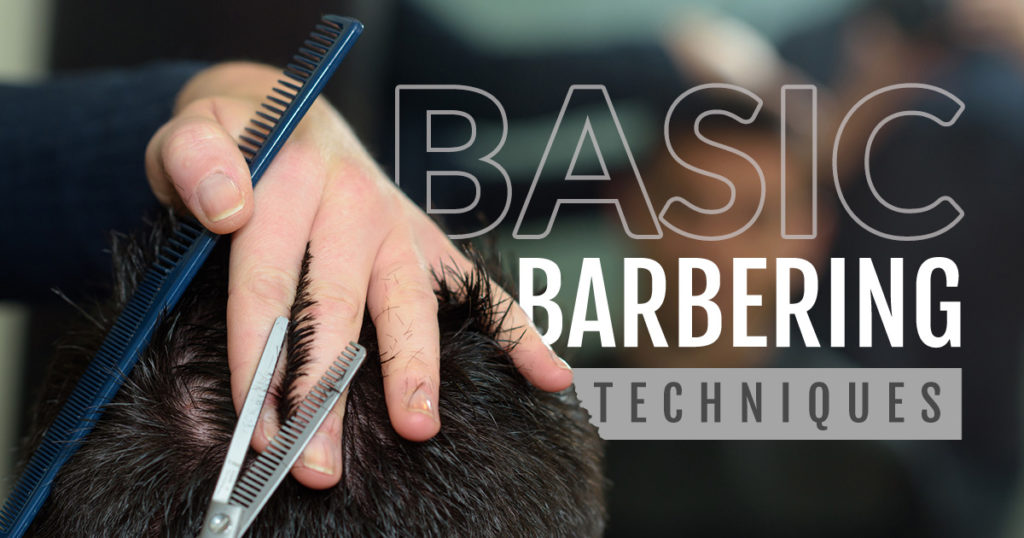
Basic Barbering Techniques

A career in barbering is fun and rewarding. As a barber, you’re helping men look their best.
Any good barber will start out by becoming familiar with the basic barbering techniques. After all, you can’t progress to more elaborate cuts without knowing the basics.
As a new, aspiring barber, here are some basic barbering techniques to master that will jumpstart your barbering career:
Types of Cuts
Each customer will have a different hair type, length, preferences and scalp. To accommodate these and provide the best trim for each customer, you need to know the types of cuts and what outcomes the produce.
- A clipper cut will result in a short cut with a blunt, even finish.
- A clipper cut using an attachment will give the same outcome as a clipper cut but the hair will also be layered.
- Free hand clipper cut will produce a blunt cut with a sculpted finish.
- A scissor cutting cut is a non-traditional cut that results in a blunt cut with an even finish
- Scissor over comb cut will give a blunt, layered cut with an even finish.
- Razor cutting produces a textured, uneven finish that removes excess bulk.
- Razor over comb gives a layered cut that is layered and has a textured, uneven finish look.
Barbering Haircut Types
Now that you know the types of cuts, here are the four basic types of haircut styles every barber needs to know:
- A graduation haircut results in a short cut to the back and sides with longer hair length at the top which gradually shortens as it goes down.
- An increase layer cut produces a haircut opposite a graduation haircut. The length of the hair will gradually increase as it gets farther from the top of the head. This cut is what’s used to create mullets.
- A solid form haircut results in something that looks like a bob where the longer hair at the top gets shorter and it is all one length.
- A uniform layer haircut is where the hair is all the same length all the way around. This haircut is usually accomplished with a clipper cut.
Finishing Techniques
A haircut isn’t complete without a finish. Here are the four common finishing techniques:
- Nape shaping is applying the appropriate tapering to the haircut along the hairline to give it proper shape in the back.
- Line out finishes shape the perimeter, or outline of the haircut.
- A free hand clipper finish sculpts the haircut to give it a precise finish.
- #0-4 Clipper guard work produces a smooth graduation haircut.
Blunt Cutting and Texturizing
For someone new to barbering, you may not be familiar with the terms blunt cutting and texturing. In a nutshell, blunt cutting involves a straight, blunt cut that results in a bulky, even finish and texturizing is feathered cut that produces a blended, thin, uneven finish.
A great familiarity with haircut and finish types is the foundation of barbering.
Taylor Andrews Academy of Hair Design offers aspiring barbers experience and knowledge in these basic barbering techniques as well as more complex techniques that make students job ready in the best salons.
Contact us today to begin the first step in your barbering career.